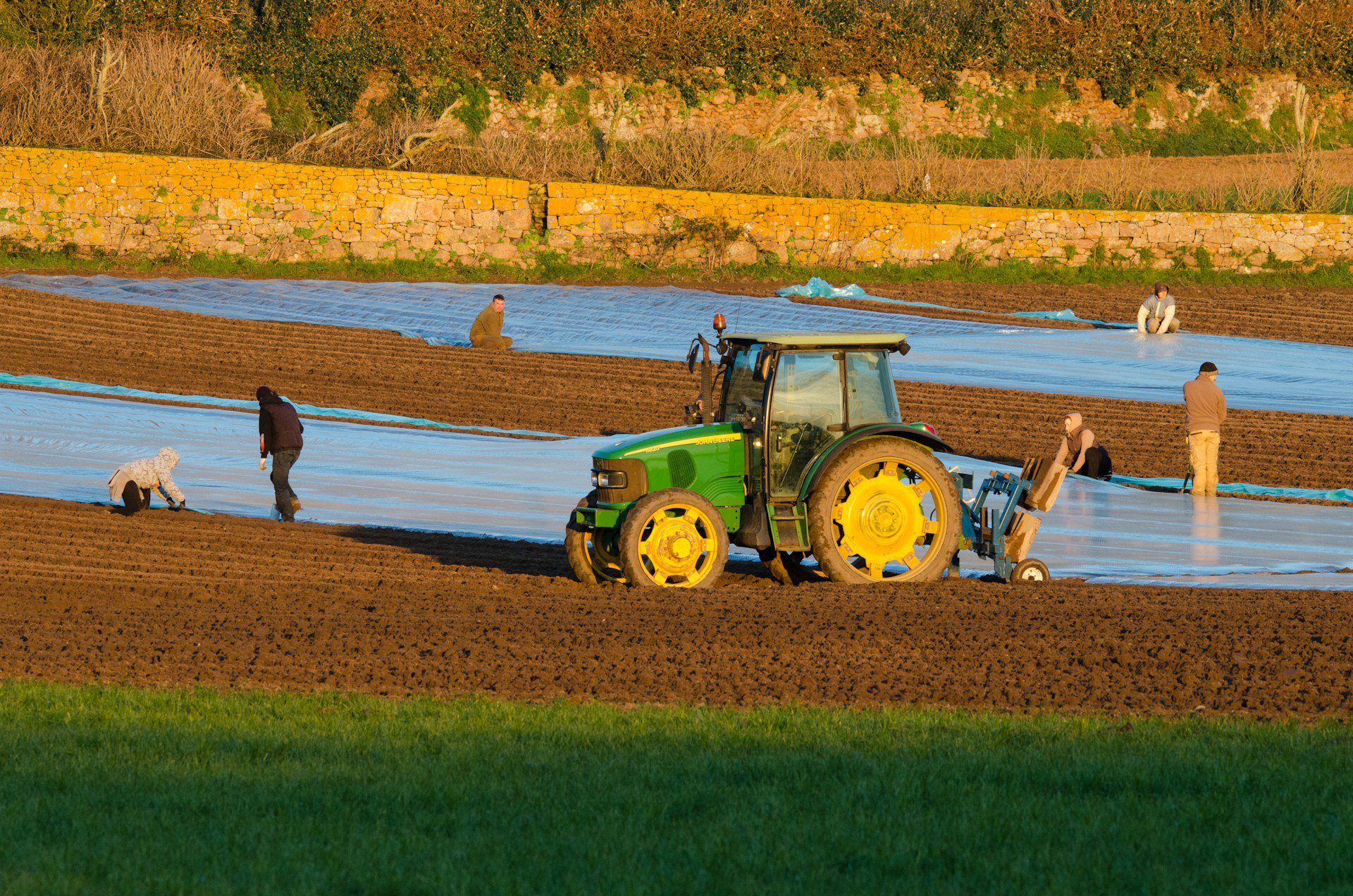
Pushing Back Against Loosening Child Labor Laws
Child labor, often thought of as a problem only in other countries, is making headlines in the United States following a wave of Republican-led efforts to roll back protections in several states, most recently in Iowa. Proponents of the legislation claim that extending working hours for children, eliminating work permit requirements, and lowering the minimum age for teens to work in certain industries would reduce red tape and protect the rights of parents without putting children at risk. But experts say this narrative is impossible to reconcile with the reality of child labor in the nation, which has been grim for decades and is only worsening.
“It is very concerning,” says Reid Maki, director of child labor issues and coordinator at the Child Labor Coalition (CLC). Having worked on child labor protections for decades, Maki says he has seen the negative impacts of labor on childhood health and development, academic success, and socialization. “There are so many reasons that kids should not be allowed to work,” he says.
The International Labor Organization (ILO) defines child labor as work that deprives children of their childhood, potential, and dignity; is harmful to their physical and mental development; and interferes with their schooling. Using similar definitions, organizations including the CLC and Human Rights Watch, have condemned the prevalence of child labor in the U.S. and called on Congress to strengthen protections. Instead, the issue is intensifying. The U.S. Department of Labor’s wage and hour division recorded a 37% increase in the number of minors employed in violation of federal law from 2021 to 2022.
